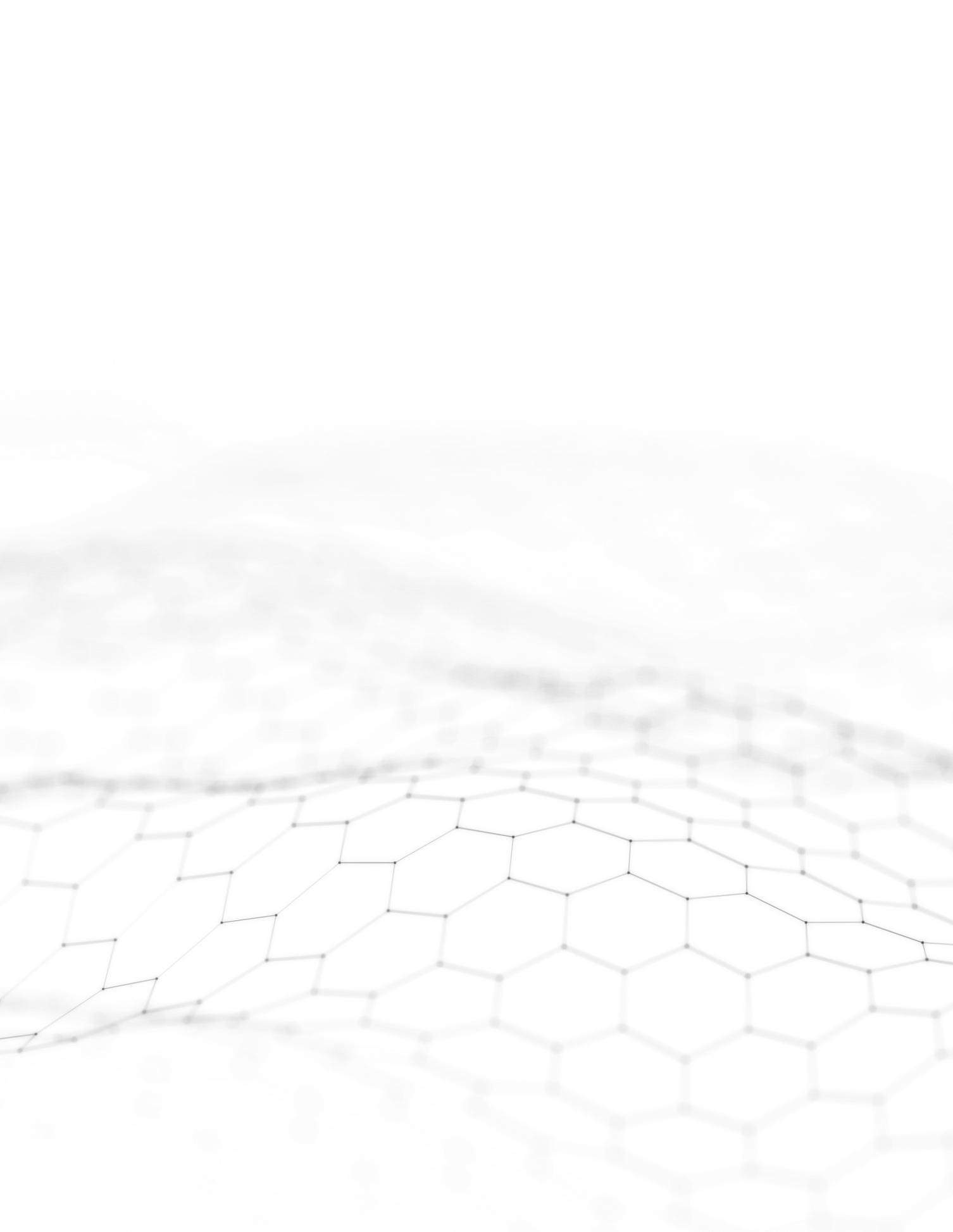








The Florida Center for Cybersecurity (also known as Cyber Florida) was established at the University of South Florida in 2014 under Florida statute 1004.444. The goals of the center are to: position Florida as a national leader in cybersecurity and its related workforce through advancing and funding education, research, and development initiatives in cybersecurity; assist in the creation of jobs in the state’s cybersecurity industry and enhance the existing cybersecurity workforce; act as a cooperative facilitator for state business and higher education communities to share cybersecurity knowledge, resources, and training; seek out research and development agreements and other partnerships with major military installations to assist, when possible, in homeland cybersecurity defense initiatives; attract cybersecurity companies to the state with an emphasis on the defense, finance, health care, transportation, and utility sectors.
Cyber Florida is eager to provide comments to the Defense Advanced Research Projects Agency (DARPA) on techniques and tools for vulnerability assessment of AI-enabled systems.
The growing number of LIDAR sensors and applications that utilize the data generated by LIDAR systems create many obstacles for using AI for feature classification, extraction and accurate 3D modeling. It is important to identify the challenges presented by the LIDAR sensor capabilities and purpose. Aerial lidar is the best tool for mapping the earth’s surface, where the data can be used to model the earth’s terrain, the natural and built environment over large areas. Mobil lidar systems that are mounted on vehicles or unmanned aircraft can offer more detail and textures but collect data in a shorter range from the targets and cover less area. Typically, along a city street or utility corridor. Terrestrial LIDAR sensors provide incredible detail and precision but must be in close proximity to the features being scanned. Terrestrial LIDAR scanners are also stationary when collecting data, requiring full access to a site for several minutes.
Aerial LIDAR captured from a fixed wing airplane at high altitudes have lower point spacing (3D point resolution), which in turn makes 3D model generation challenging beyond a Level of Detail (LOD) class 3. Although aerial LIDAR is a beneficial tool for target acquisition in ISR, a limitation to generating 3D objects on the ground is that features could be altered to mimic an object. For example, adversaries could construct structures or alter vehicles that would misclassify the object on the ground.
Mobil Lidar sensors have an increased advantage in that higher density point clouds with higher resolution electro optical products could be achieved. Mobile systems also can be placed on autonomous vehicles or unmanned aircraft. Enabling the data to be captured from horizontal and vertical aspects. Increasing the capabilities of AI 3D model generation to identify objects with a higher confidence level. Using mobile LIDAR sensors for autonomous vehicles is where adversaries could benefit from target object manipulation. Creating changes in features that the AI model generation has been trained on could confuse the AI system and therefore result in misclassification and false object identification.
Terrestrial Lidar data can generate 3D objects with the highest resolution and accuracy. However, terrestrial lidar sensor setup and data collection process is not well suited to ISR applications. Sensors are best suited for data collection within a range of 1 to 30 meters. Long range terrestrial lidar sensors can reach over 100 meters but still are exposed during data collection.
Emerging sensors that utilize FLASH LIDAR systems can advance data collection in all categories of LIDAR systems, aerial, mobile, and terrestrial. The nature of a full scene rapid scan and image to image processing reduces the capabilities of target object manipulation. Aside from identifying objects, FLASH LIDAR can be utilized for vision-based navigation and assist control for field operations. Some systems are also being engineered to penetrate fog, which is a common limitation in data collection.
LIDAR sensors have limitations that adversaries could inadvertently benefit from. Because LIDAR systems are light-based, many environmental factors could affect data collection and object identification. High humidity in the air can affect the time of flight and therefore impact the calibration factor. Dry, dust filled air can have a similar effect. Rainfall also has the same effect, but at a much higher factor and can make data collection impossible. So, regions
with a high number of days with cloud cover or rain create windows of time where data collection is hindered. Finally, since LIDAR is light based, surfaces with high reflectivity can aid an adversary in distorting data collection. These surfaces can include metals, glass or translucent materials. LIDAR sensors can also be affected by black or very dark surfaces because these tones absorb most of the light pulse. Any surface covered in highly reflective or very dark materials can create enough noise in the data, confusing the AI modeling process which results in the inability of the AI to identify objects.
Author Steven Fernandez, MA, GISP, CCM
Director of Graduate Certificate in Smart City Technology
Associate Instructor, School of Public Affairs
University of South Florida
Ernie Ferraresso
eferraresso@cyberflorida.org 813 974 1869 Director Cyber Florida